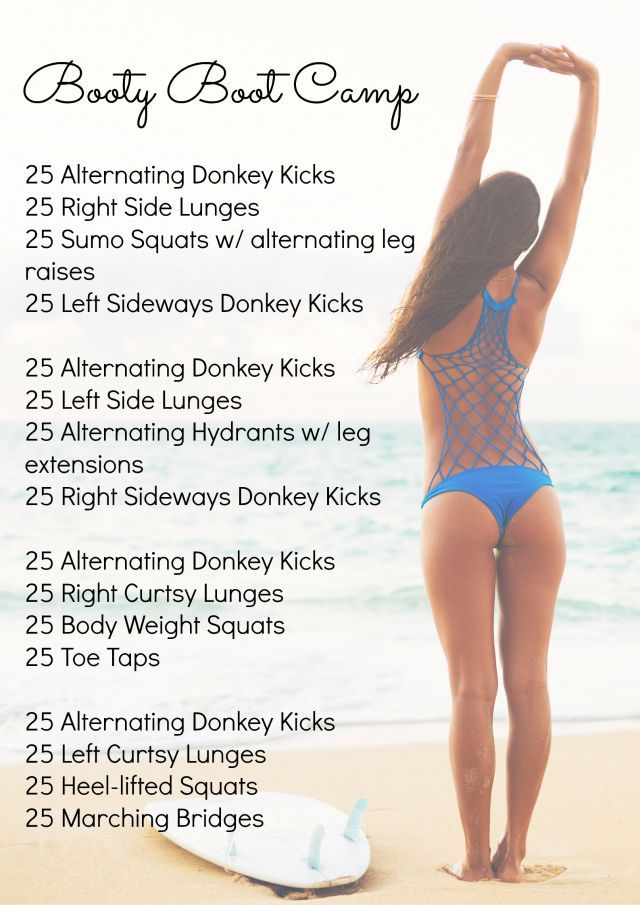
Three years ago, she could not do a single push-up and certainly had never heard of a “reverse fly”.
Today, Solveig McCulloch, 79, can do 10 push-ups easily and rocks her five-pound dumb-bells.
“I am definitely stronger, and my balance and flexibility are better, too,” said McCulloch, who at 76 started exercising regularly for the first time, doing twice-weekly strength training and daily walking.
Working out was not a trend for McCulloch’s generation. That said, the National Council on Aging reports that more than 50 per cent of seniors are active at least four times a week.
It’s never too late to start working out, as Washington DC sports medicine doctor Justin Mullner said: “You can see dramatic benefits from exercising in older adults.”
These benefits include prevention of osteoporosis and muscle loss, as well as improved blood pressure and blood-glucose levels.
Government guidelines suggest adults over 65 should get at least 21/2 hours of moderate exercise, such as brisk walking, per week and do muscle-strengthening activities that work all major muscle groups twice a week.
Exercising can be a double-edged sword for someone who is 65 or older as the risks are greater, Mullner said. A fall can lead to a hip fracture for someone with osteoporosis, and falls are the most common cause of injury in older Americans. The risk of cardiovascular disease (such as heart attack) also increases with age.
First, clear any new routine with a doctor. This is recommended for all ages. Then solicit advice from resources such as the National Institute on Aging (go4life.nia.nih.gov), a trainer or a doctor about what kind of routine is appropriate for you, Mullner said.
“It’s so individual. What are the goals? What are the limitations?” he said. “What do you like to do? What will you keep doing?”
That’s where someone like Stephen Burgett comes in. The personal trainer in Washington DC helps identify goals and he also designs programmes that help clients stay injury-free while working on endurance, strength, balance and flexibility – all important components of fitness.
“The first thing I do is an assessment. I look at their range of motion, their movement patterns, how well they sit and stand,” Burgett said. He uses that information to design a workout programme.
For clients who lose their balance easily, he might look at strengthening the gluteus, because hip muscles are crucial for balancing. Gluteus muscles can be strengthened with the gluteus bridge (lying on your back on the floor, feet planted close to the hips and lifting the hips) and squats.
Many older adults have weak back muscles, causing them to hunch forward. Burgett might have them do a seated row (a pull motion) and a squat with a shoulder press to strengthen the upper back.
Burgett might also include planks for core strength, to help with posture, and a modified pull-up that strengthens the upper back.
“People, especially if their baseline is low, will see increased strength quickly, I would say within a month,” Burgett said.
The goal of body composition changes – looking cut, for example – takes much longer and requires nutritional changes, he said. Generally speaking, though, older adults are very different from the younger set when it comes to fitness goals.
Young people are often looking to improve athletic performance or attain a certain aesthetic.
For seniors, fitness is often a way to stay independent – strong enough to lift boxes off shelves, walk up and down stairs, carry groceries and do laundry.
“It’s about functional fitness,” said Mullner, who recommends tai chi and yoga for seniors as a way to improve balance and proprioception, or spatial awareness and the ability to move effectively and efficiently. Those are vital in preventing falls.
McCulloch agreed about the quality-of-life improvements.
“I can lift things like garbage bags and packages. And gardening has become much easier. I can do it without taking breaks. I can dig holes and bend over without any problems,” she said.
Although she is not looking to be in a bodybuilding competition soon, she did show her grandchildren how a push-up is done, and she has expanded her routine to include power yoga. And just a few years ago, she didn’t know what a downward dog or pigeon pose was. Now they’re among her favourites.
Source:-.straitstimes.
